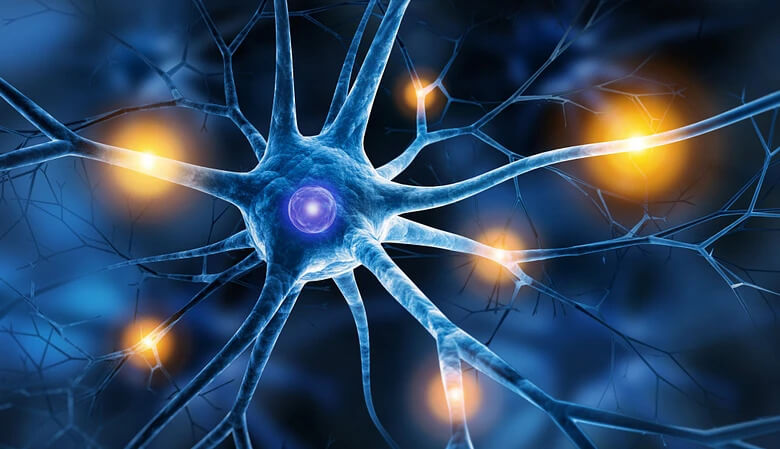Understanding the Nuances of Nerve Pain: Neurogenic vs. Neuropathic Pain and Treatment Options
Nerve pain, a constant companion for millions worldwide, can significantly disrupt daily life. But within this broad term exist two distinct categories: neurogenic pain and neuropathic pain. While both involve nerve dysfunction, their causes and treatment approaches differ. This article delves into the complexities of these conditions, equipping you with the knowledge to navigate your path towards pain relief.
Deciphering the Cause: Unveiling the Roots of Neurogenic and Neuropathic Pain
Neurogenic Pain: A Cascade of Inflammation
Neurogenic pain arises from inflammation or irritation of healthy nerves. This irritation triggers the nerves to send pain signals to the brain, even in the absence of tissue damage. Common causes of neurogenic pain include:
- Sprains and strains: Injuries to muscles, ligaments, or tendons can inflame surrounding nerves, leading to pain.
- Shingles: This viral infection affects nerves, causing a burning rash and pain along the affected nerve pathway.
- Arthritis: Inflammation in joints can compress or irritate nearby nerves, resulting in pain.
- Pinched nerves: Compression of a nerve by surrounding tissues can cause pain, tingling, and numbness.
Neuropathic Pain: When Nerves Themselves are Damaged
Neuropathic pain, on the other hand, stems from direct damage or dysfunction of the nerves themselves. This damage disrupts the normal transmission of nerve signals, leading to a variety of pain sensations. Some common causes of neuropathic pain include:
- Diabetes: Chronic high blood sugar levels can damage nerves throughout the body, particularly in the feet and legs.
- Autoimmune diseases: Conditions like lupus or rheumatoid arthritis can attack nerves, leading to pain and other neurological symptoms.
- Shingles (post-herpetic neuralgia): In some cases, the pain from shingles persists even after the rash clears, a condition known as post-herpetic neuralgia.
- Trauma: Injuries that damage nerves, such as spinal cord injuries or amputation, can cause neuropathic pain.
- Vitamin deficiencies: Deficiencies in vitamins like B12 can damage nerves and cause pain.
Recognizing the Signs: A Guide to Symptoms of Neurogenic and Neuropathic Pain

While both neurogenic and neuropathic pain manifest as discomfort, the specific sensations can differ. Here’s a breakdown of the typical symptoms associated with each type:
Neurogenic Pain Symptoms
- Sharp, aching, or throbbing pain
- Increased sensitivity to touch (allodynia)
- Swelling or inflammation in the affected area
Neuropathic Pain Symptoms
- Burning, tingling, or stabbing pain
- Numbness or weakness in the affected area
- Sensitivity to touch, temperature, or vibration
- Shooting or electric-like pains
It’s crucial to note that the distinction between symptoms can sometimes be subtle. Consulting a healthcare professional for a proper diagnosis is essential to determine the underlying cause and develop an effective treatment plan.
Finding Relief: Exploring Treatment Options for Neurogenic and Neuropathic Pain
The good news is that there are treatment options available to manage both neurogenic and neuropathic pain. While the specific approach will depend on the underlying cause and severity of your pain, here’s an overview of some common treatment strategies:
Addressing the Underlying Cause
Whenever possible, treatment should focus on addressing the underlying cause of the pain. For example, managing diabetes with medication or treating a pinched nerve with physical therapy can significantly reduce pain.
Medications
- Over-the-counter pain relievers: Nonsteroidal anti-inflammatory drugs (NSAIDs) like ibuprofen or acetaminophen can offer relief for mild to moderate neurogenic pain.
- Prescription medications:
- Antidepressants: Certain antidepressants, such as tricyclic antidepressants, have been shown to be effective in managing neuropathic pain.
- Anticonvulsants: Medications typically used for seizures can also help regulate abnormal nerve activity and reduce neuropathic pain.
- Opioids: While typically a last resort due to potential addiction risks, opioids can be prescribed for severe pain that doesn’t respond to other medications.
Physical and Occupational Therapy
Physical and occupational therapy can play a crucial role in managing both types of nerve pain. These therapies may include:
- Manual therapy: Techniques like massage and stretching can help improve blood flow, reduce inflammation, and promote healing.
- Exercise therapy: Specific exercises can improve strength, flexibility, and range of motion, reducing pain and improving function.
- Neuromodulation techniques: Techniques like transcutaneous electrical nerve stimulation (TENS) or acupuncture may help modulate pain signals and provide relief.

